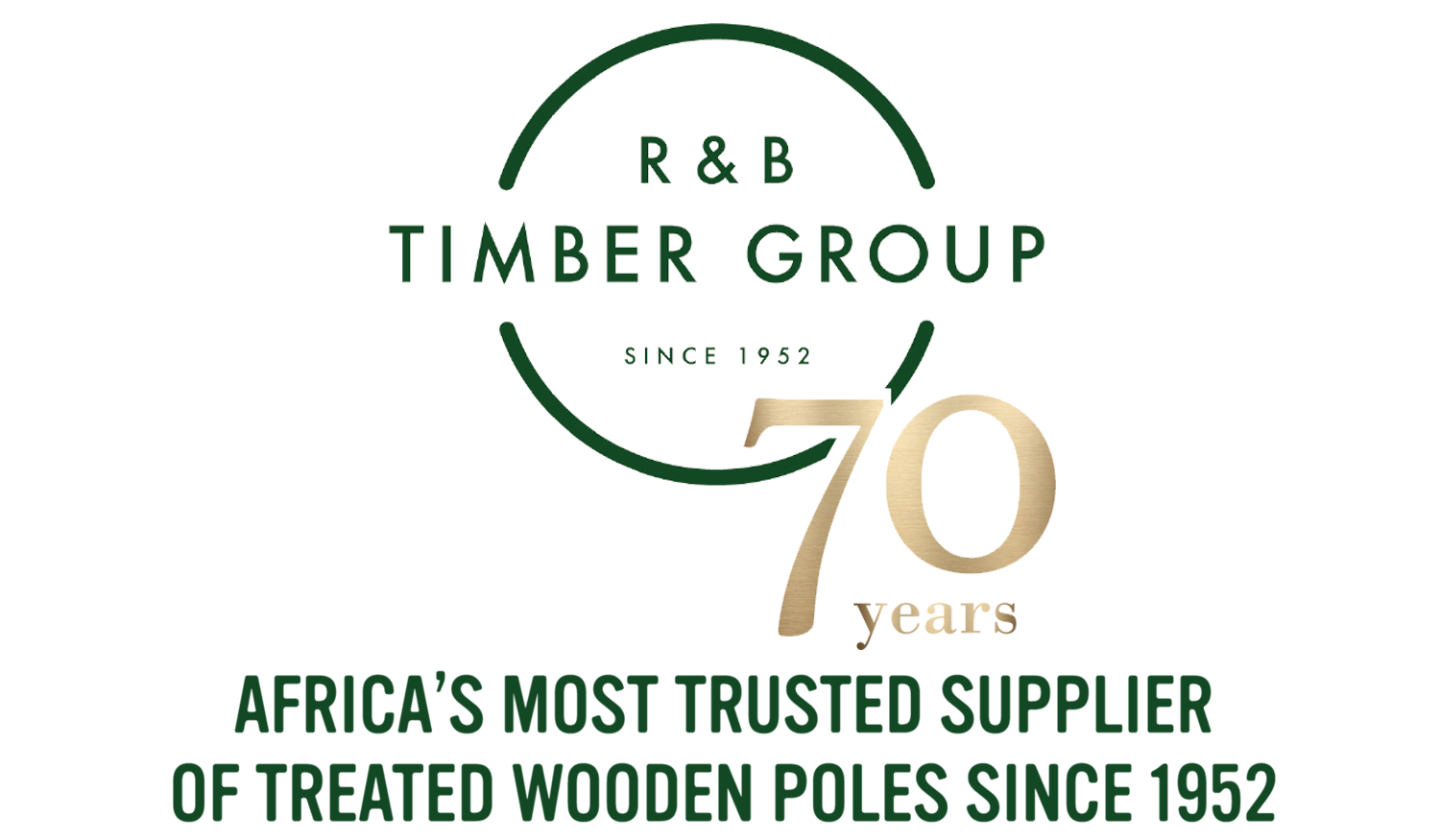CCA TREATED TIMBER
The CCA treatment process was pioneered in 1933 and is used worldwide. Chromated Copper Arsenate (CCA) is a wood preservative that has been used for timber treatment since the mid-1930s. It is a mix of chromium, copper and arsenic (as Copper(II) arsenate) formulated as oxides or salts, and is recognizable for the greenish tint it imparts to timber. CCA is known by many trade names and is the world's most widely used wood preservative. It prolongs the life of wooden poles eg: utility poles.
Chromium (chrome) 'locks' the copper and arsenic into the timber and reduces the risk of the chemicals leaching out. Copper and arsenic protect the wood from insect and fungal attack. In the pressure treatment process, a solution of CCA is applied using a vacuum and pressure cycle, and the treated wood is then stacked to dry. The primary advantages in the use of CCA-treated wooden poles are that it produces no smell or vapor and its surface can be easily painted. Drawbacks of the wood are a strong green color at high retention values. It should not be used in applications where it is in contact with food or drinking water. All R&B Group product meets the relevant SABS specification and ISO9001 standards, against pest, insect & fungal infestation.
CCA Treatment has different hazard classes:
H2 - Interior use e.g: Beams, Roof trusses.
H3 - Exterior above ground e.g: Laths, Droppers, Fencing Rails.
H4 - Exterior ground contact e.g: Fencing, Building, Agriculture.
H5 - Fresh water contact e.g: Irrigation, Jetties.
H6 - Marine water contact e.g: Jetties, Walkways.
More reading on CCA treament is available:
